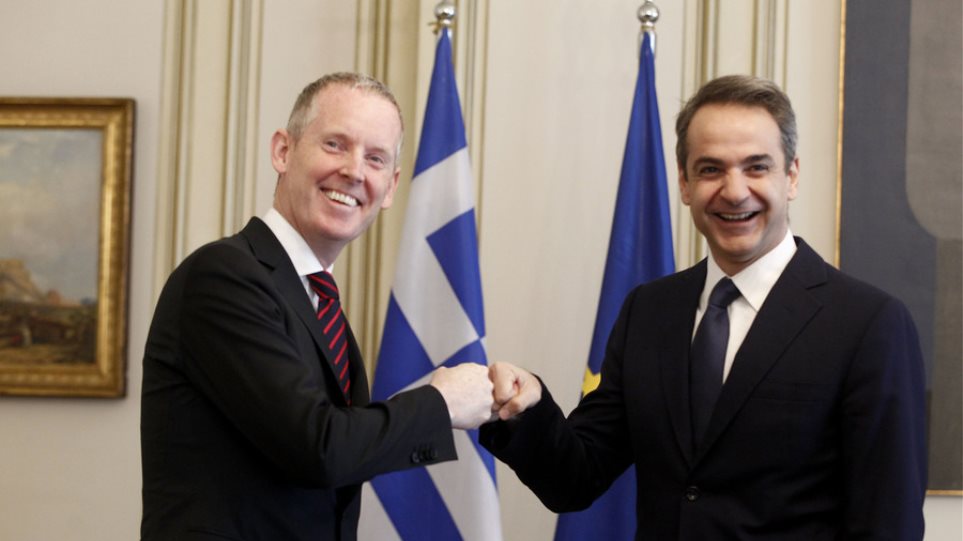Hello! Handshake, high five, fist bump. These ways of greeting a friend or new acquaintance seem so natural and unremarkable now, but how did these gestures originate in the first place?
The handshake dates back the farthest. Archaeological relics suggest that handshakes were practiced in ancient Greece in the 5th century B.C. It was a symbol of peace, showing that you were not carrying a weapon. In Berlin’s Pergamon Museum, the most-visited in Germany, a 5th-century funereal relic shows two soldiers shaking hands. At the Acropolis, in Athens, Greece, a 5th-century stone slab depicts Hera and Athena shaking hands.
The Greek poet Homer describes handshaking several times as displays of trust in his epics The Odyssey and The Iliad. During the Roman era, the handshake evolved to more of an arm grab. Knights in Medieval Europe may have added the shaking of hands up and down as a clever way to dislodge any hidden weapons.
Sony Holds Edge Over Microsoft in Battle for the Living Room (infographic)
Some historians suggest that modern-day handshaking became popularized by 17th century Quakers, who believed the gesture to be more egalitarian than a hat tip or a bow, according to History.com. In some 17th century marriage portraits, the husband and wife are seen shaking hands as a symbol of their legally binding commitment. By the Victorian era, etiquette guides instructed that the handshake should be firm. While most English-first and Scandinavian countries prefer a firm handshake, in some countries too firm a grip is considered rude and aggressive. Some Asian countries prefer a more gentle touch.
Read more: The Vintage News






































